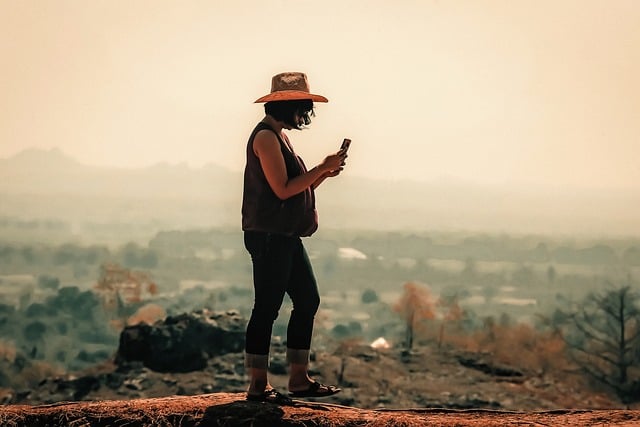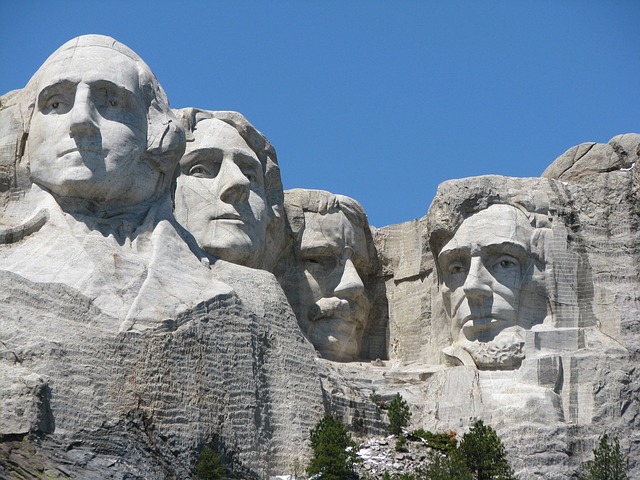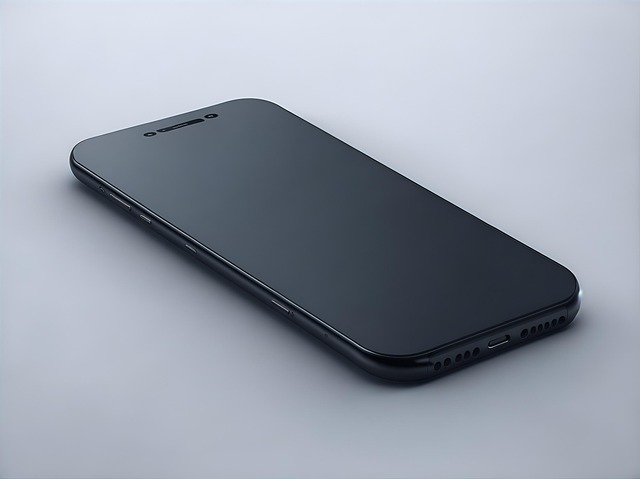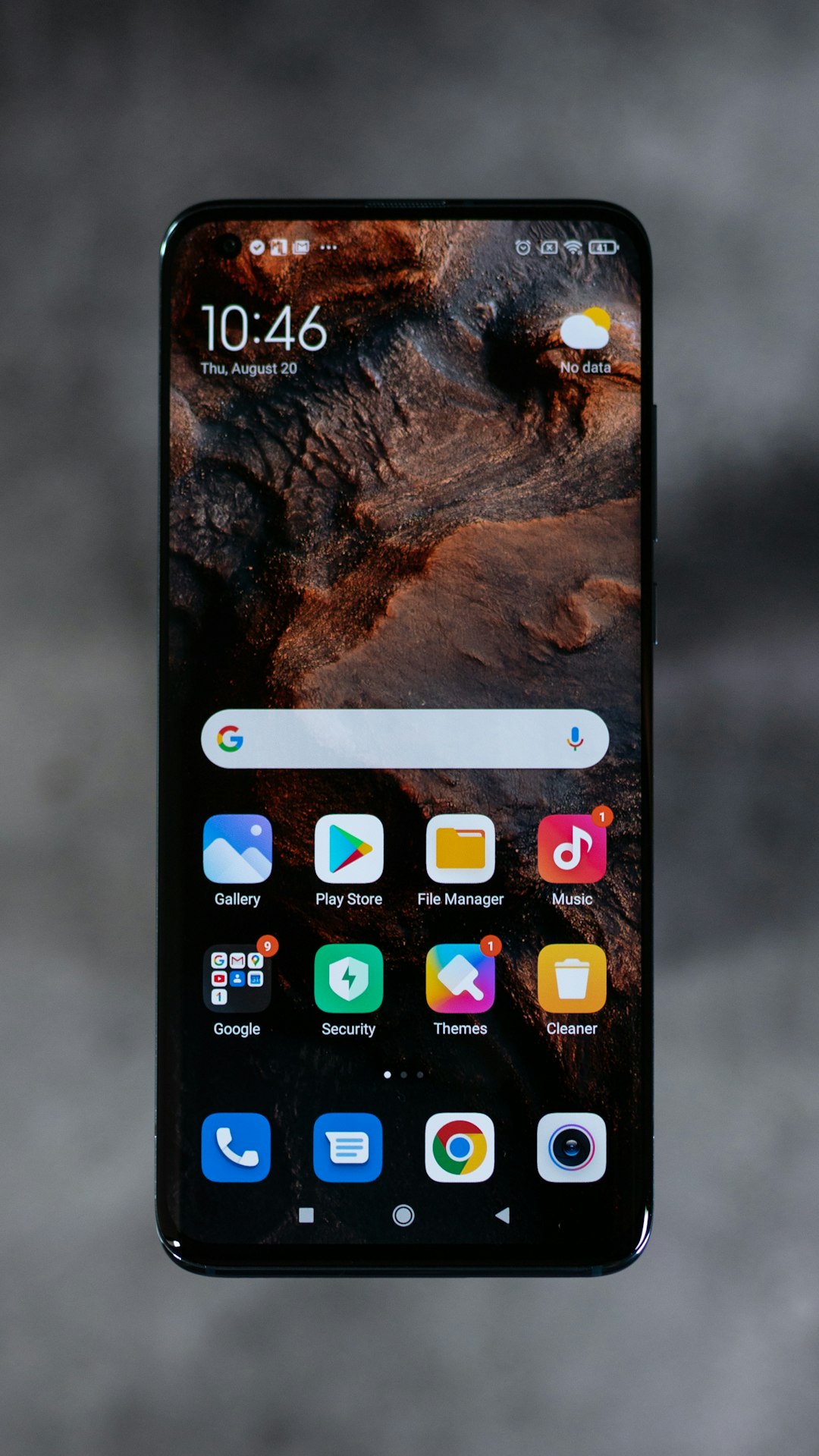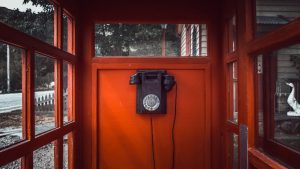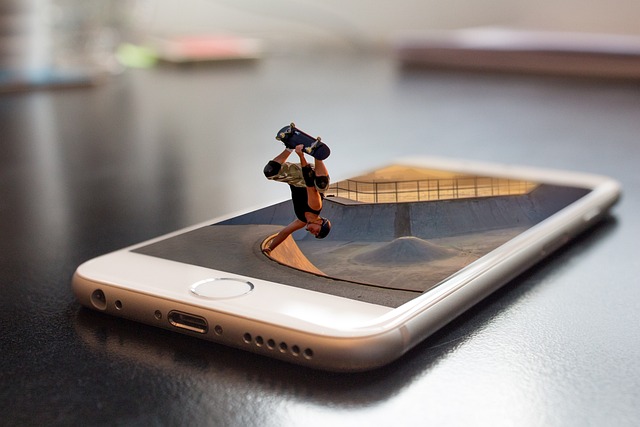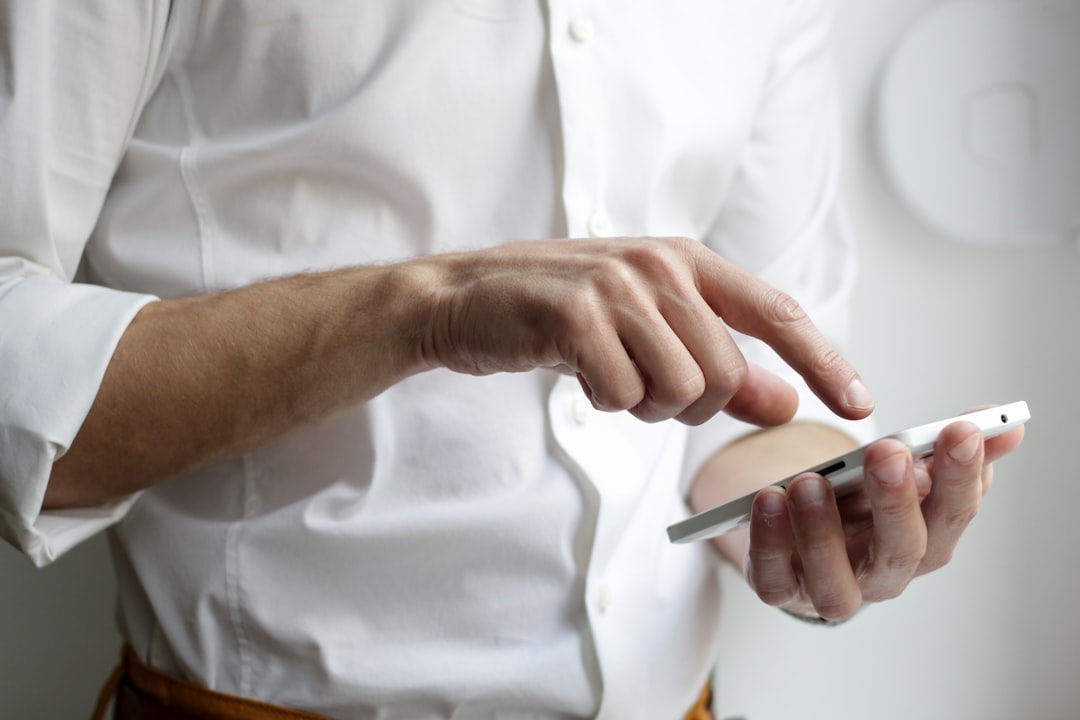Biometrics-driven call verification systems are revolutionizing how unwanted calls are handled in South Dakota. These technologies leverage unique physical or behavioral traits to distinguish legitimate communication from nuisance calls, providing powerful tools for attorneys specializing in unwanted call cases. By analyzing caller data against extensive databases, biometrics enables precise identification of call sources, empowering individuals and legal professionals to take proactive measures against persistent unwanted callers. In South Dakota, strong legal protections like the TCPA and Unfair or Deceptive Practices Act regulate automated calls, holding violators, including law firms, accountable for damages. Sioux Falls has led the way in using biometrics to combat unwanted calls, significantly reducing fraud and enhancing client safety, with case studies showing its effectiveness against impersonation attempts by unwanted call attorneys SD.
In an era where technology continues to evolve, biometrics emerge as a game-changer in call verification systems. This article explores the role of biometrics in enhancing security measures against unwanted calls, specifically from a Sioux Falls perspective. With South Dakota’s stringent laws protecting residents from nuisance calls, understanding biometrics becomes crucial for both consumers and legal professionals alike. We delve into the legal landscape, practical implementations, and how these innovative solutions can be leveraged by unwanted call lawyers and attorneys across South Dakota to better serve their clients.
Understanding Biometrics: Unlocking Advanced Call Verification
Biometrics, the science of identifying individuals based on unique physical or behavioral traits, is transforming call verification processes. In the context of unwanted calls, this technology offers a sophisticated solution for South Dakota residents seeking legal protection. By employing biometric identification, advanced call verification systems can precisely distinguish between legitimate communications and nuisance calls, ensuring that citizens are not disturbed by unsolicited advertisements or fraudulent attempts.
For those who require legal assistance regarding unwanted calls in South Dakota, hiring a qualified attorney from a reputable law firm specializing in this area is essential. Biometrics-enhanced call verification can serve as a powerful tool for these lawyers to combat spam calls and protect their clients’ privacy. With the ability to analyze and match caller data against extensive databases, biometrics enables more accurate identification of call sources, empowering both individuals and legal professionals to take proactive measures against persistent unwanted callers.
The Legal Landscape: Protecting Residents of South Dakota from Unwanted Calls
In South Dakota, the legal landscape surrounding unwanted calls is shaped by state and federal regulations designed to protect residents from intrusive and disruptive communications. The Telephone Consumer Protection Act (TCPA) serves as a cornerstone, prohibiting automated or prerecorded calls to wireless phone numbers unless the caller obtains prior express consent. This legislation has been enhanced by state-specific laws like South Dakota’s Unfair or Deceptive Practices Act, which further penalizes unwanted telemarketing and robocalls.
Residents of Sioux Falls and across South Dakota have recourse against unwanted call lawyers and attorneys who violate these laws. Unwanted call law firms in SD and its surrounding areas are held accountable for damages, including treble penalties and attorney fees. This robust legal framework ensures that residents can seek redress through unwanted call attorneys SD or a reputable law firm specializing in TCPA compliance, safeguarding their privacy and peace of mind in an era of proliferating automated communications.
Implementing Biometrics in Practice: A Sioux Falls Case Study
In recent years, Sioux Falls has been at the forefront of implementing biometrics in call verification systems to combat unwanted calls. This innovative approach leverages advanced technologies such as fingerprint and facial recognition to ensure that only authorized individuals can gain access to sensitive information or services. A notable case study involves a leading law firm in South Dakota, which adopted biometric security measures to protect its clients from fraudulent calls. By integrating biometric scanners at their offices and virtual receptionists equipped with AI-driven verification, the firm significantly reduced instances of unwanted call lawyers and attorneys in SD.
This practical implementation has yielded remarkable results, not only enhancing client safety but also streamlining operations for legal professionals across South Dakota. With biometrics, unwanted call attorneys SD are no longer able to impersonate clients or staff, ensuring that every interaction is secure and authentic. As a result, many businesses and residents in the state have found peace of mind knowing their conversations remain private and protected. This case study exemplifies how Sioux Falls is setting a standard for effective call verification using biometric solutions, with potential implications for other industries seeking to fortify their security measures against unwanted calls.
